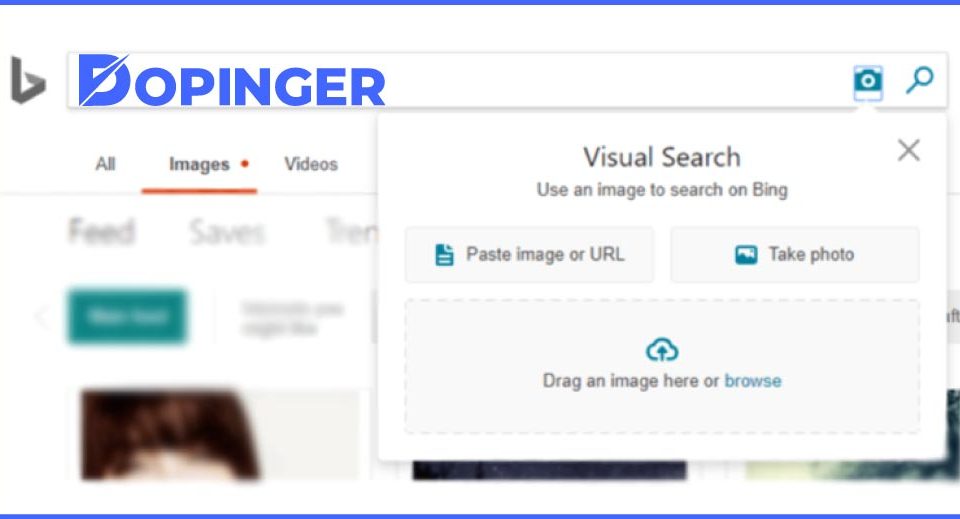Images are vital for SEO. Web pages that have at least one image in their content most often rank better in search engines. Besides this, image-based searches are also make up a considerable part of all searches on the internet. But the real question is this: have you ever heard of reverse image search for SEO?
Why Is Reverse Image Search Important for SEO?
By using reverse image search for SEO, you can find out if your image is being used on other web pages. If so, the Google algorithm may consider the image as plagiarized. So you may get penalized in return if you are not the original poster. You can also use reverse image search to locate sources. Then you can contact the creator for collaborations, backlink building for SEO, guest posting, and more.
If you are creating original infographics and visuals, you should reverse image search them regularly. In this way, you can get valuable credits for your work.
Reverse Image Search Engines
There are many reverse image search engines on the web. We covered some of the most popular and efficient reverse image search engines you can use for SEO.

Google Images
Google offers a free yet efficient reverse image service for its users since 2011. Its image database is huge and usually comes up with the most relevant results. To use Google Image for reverse image searches, follow these steps:
- Visit the Google Images website from any browser on your PC.
- Click on the camera icon to upload an image or paste an image URL. Then, click on the “Search by image” button.
- After your image is uploaded, you can see the results.
Tineye Reverse Image Search
While Tineye is the oldest image searching engine, it is still one of the most popular and useful ones. You can use Tineye both on desktops and mobile devices. To use Tineye for reverse image searches, follow these steps:
- Visit the Tineye website from your preferred web browser.
- If you copied the URL, paste it into the search bar. You can also upload an image by clicking the “Upload” button.
- Click on the “Search” icon to see the results.
Tineye also offers an extension to popular web browsers so users can reverse search images easily. It is also important to note that Tineye only allows 150 searches per week for non-subscribed users.

Bing Visual Search
Bing is Microsoft’s search engine and also allows its users to reverse search images. To use Bing Visual Search, follow these steps:
- Visit the Bing Visual Search website from a web browser of your choice.
- Hold & Drag an image to the visual search menu. You can also take a photo, paste an image URL, or upload an image to reverse image search.
- After clicking one of the options, you can see the results.
Yandex Image Search
This is a Russia-based search engine that grows its market share also in other regions in the world. Yandex offers a reverse image search feature similar to other search engine platforms. To use Yandex Image Search, follow these steps:
- Visit Yandex Image Search website from your preferred browser.
- Click on the camera icon located at the right end of the search bar.
- Upload an image or paste an image URL you want to reverse image search.
- After your image is uploaded, you can see the results.
As to Conclude the Matter
While creating a website or content, it is important to include original and informative images. To keep your images original and SEO-friendly, you need to use reverse image search for SEO (and if you like to know about other trendy methods that you could use take a look at the future of SEO).
Frequently Asked Questions About
While all reverse image search engines have their pros and cons, Google Images can be considered the best reverse image search engine. This is because Google Images provides accurate searches and offers limitless search capabilities, different image sizes, and file types.
You can download the picture or use its URL and conduct a reverse image search in the above-mentioned image search engines to find if the image had ever been uploaded to the internet.
Yes, you can reverse image search gifs in almost all image search engines.
Reverse image search engines come up with a calculated model of the image using advanced algorithms. Then try to match it with countless other images in their databases.
All the reverse image search engines we mentioned in this article, namely Google Images, Tineye, Bing, and Yandex, can image search screenshots and other visuals.
Reverse image search can be useful for different purposes. One of the most overlooked purposes of reverse image search is for SEO. You can use reverse image search engines to locate sources, getting credits for your visuals, and avoid plagiarism. In this article, we also explained how to use reverse image search in various leading search engines.





No comments to show.